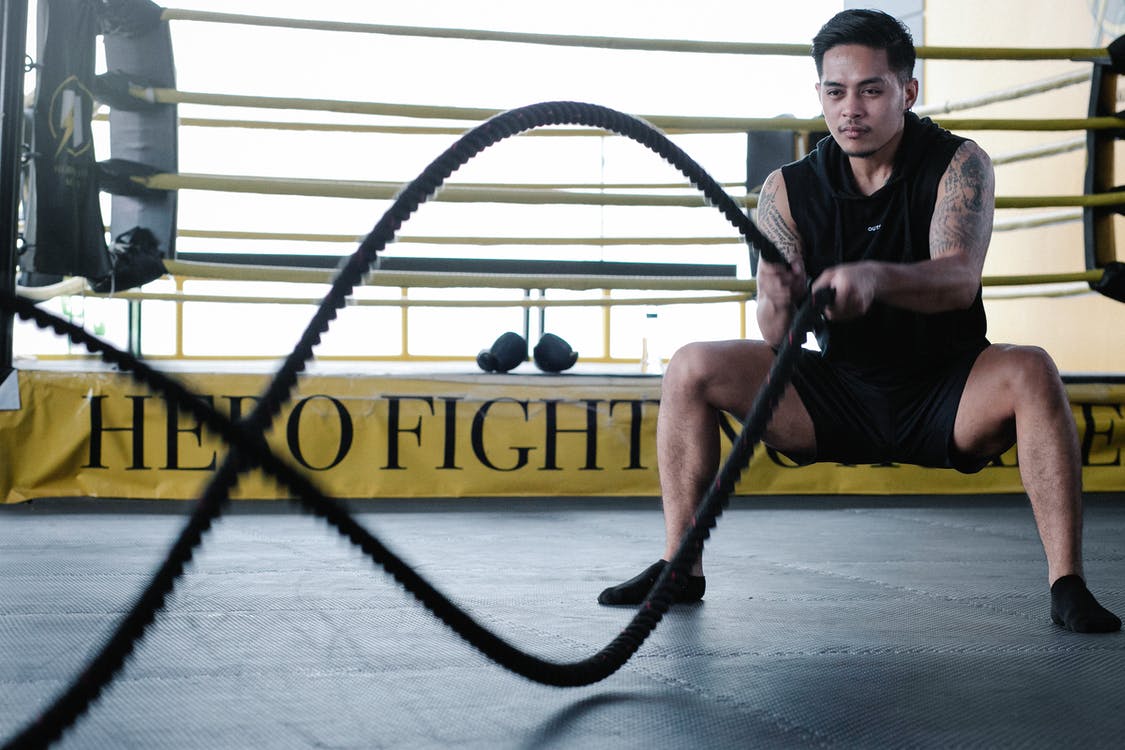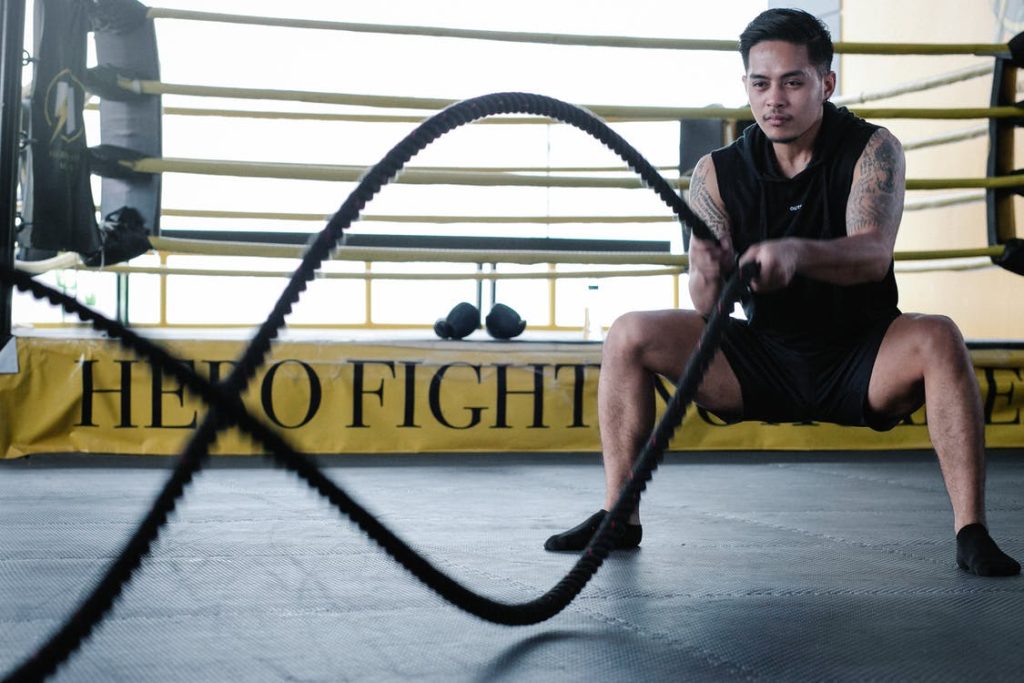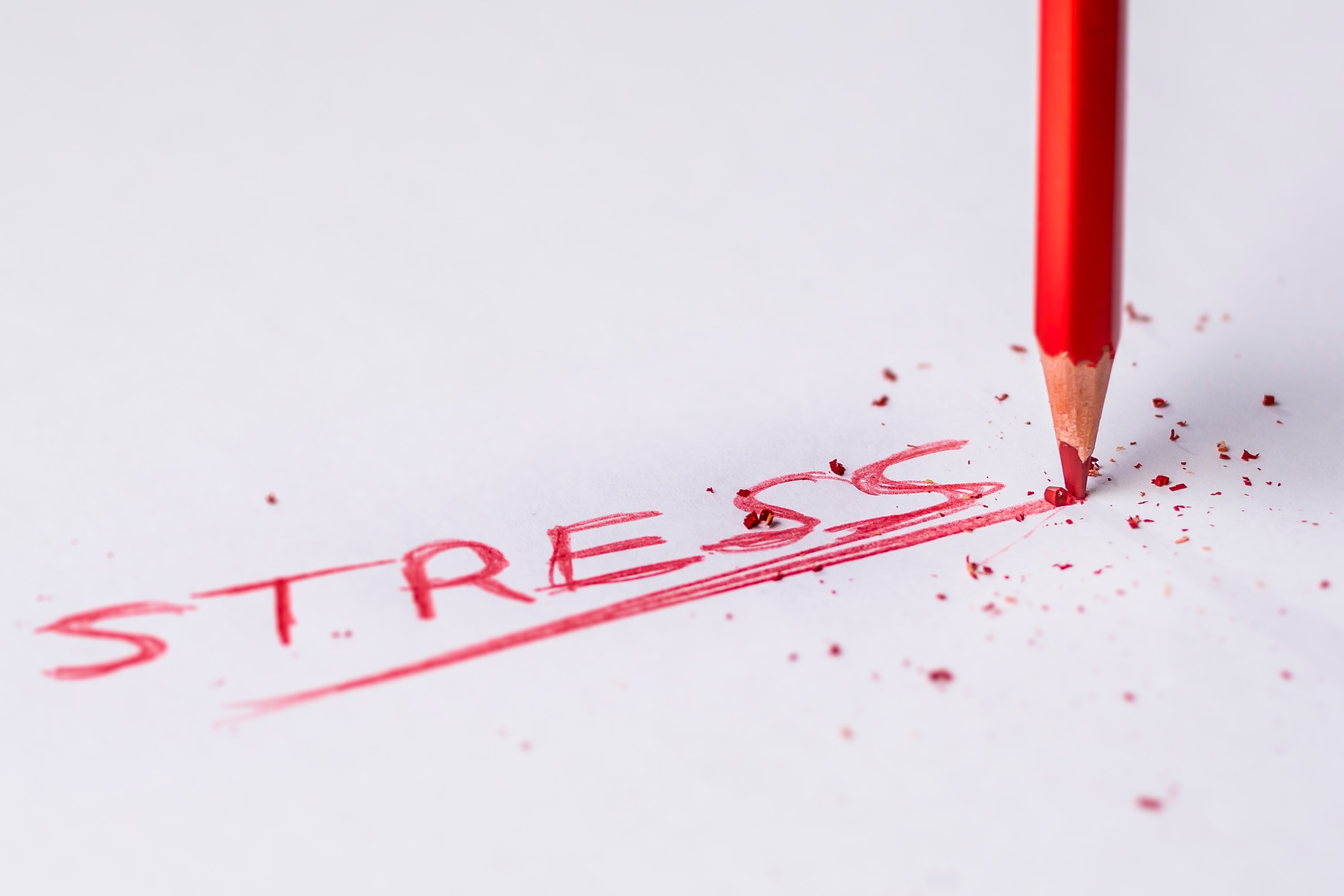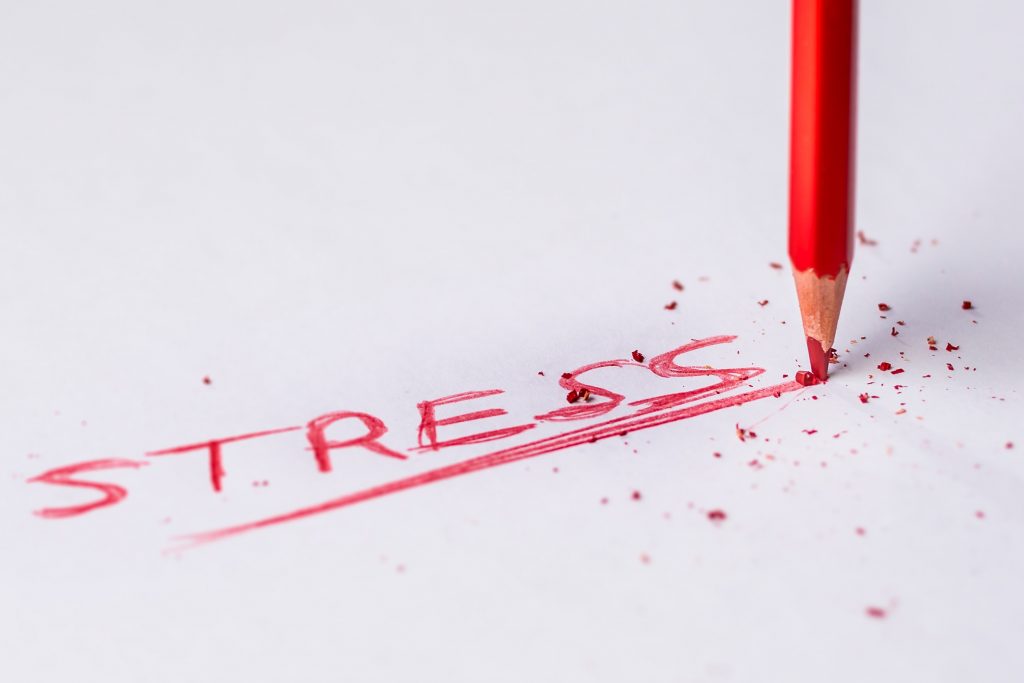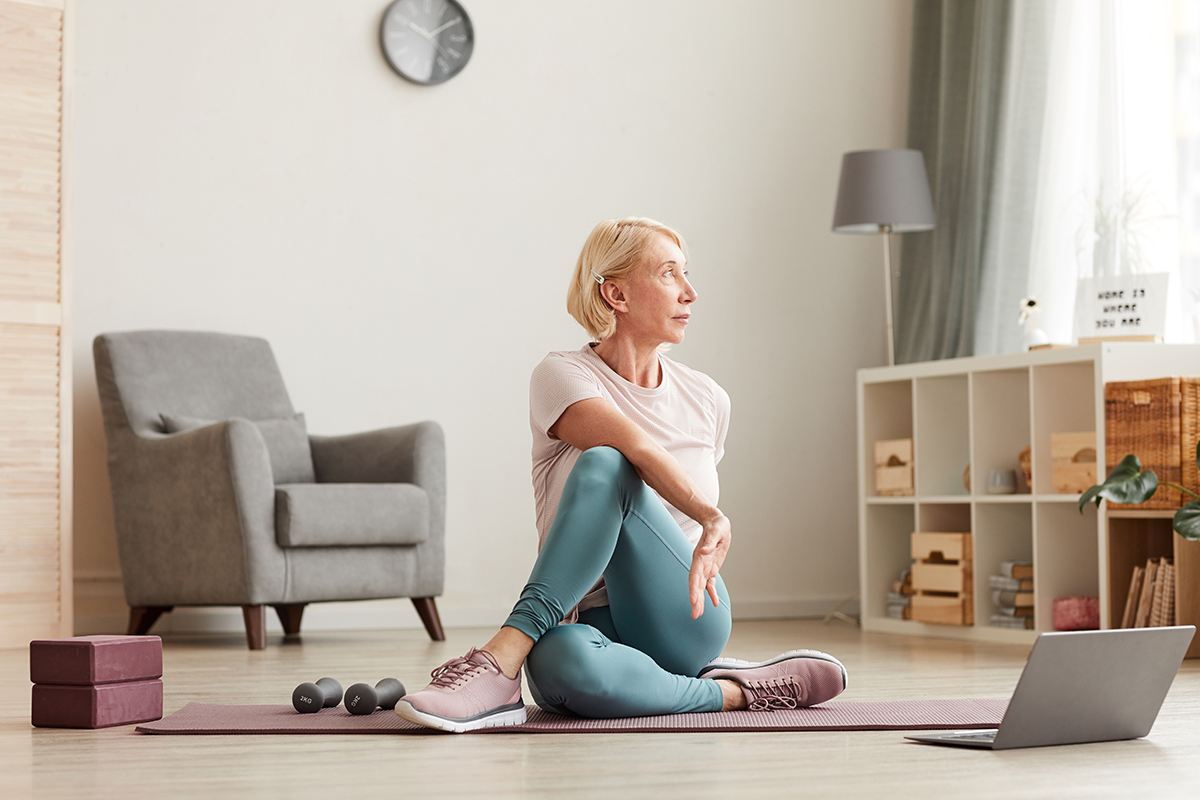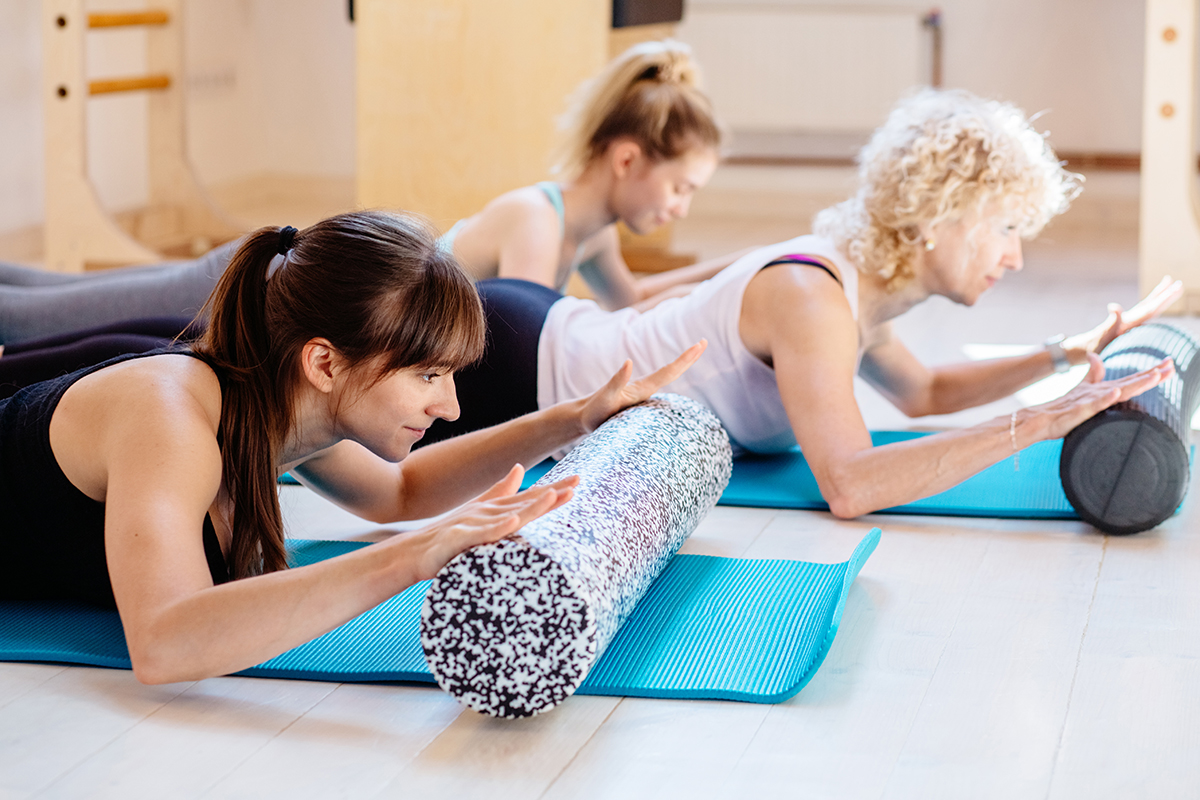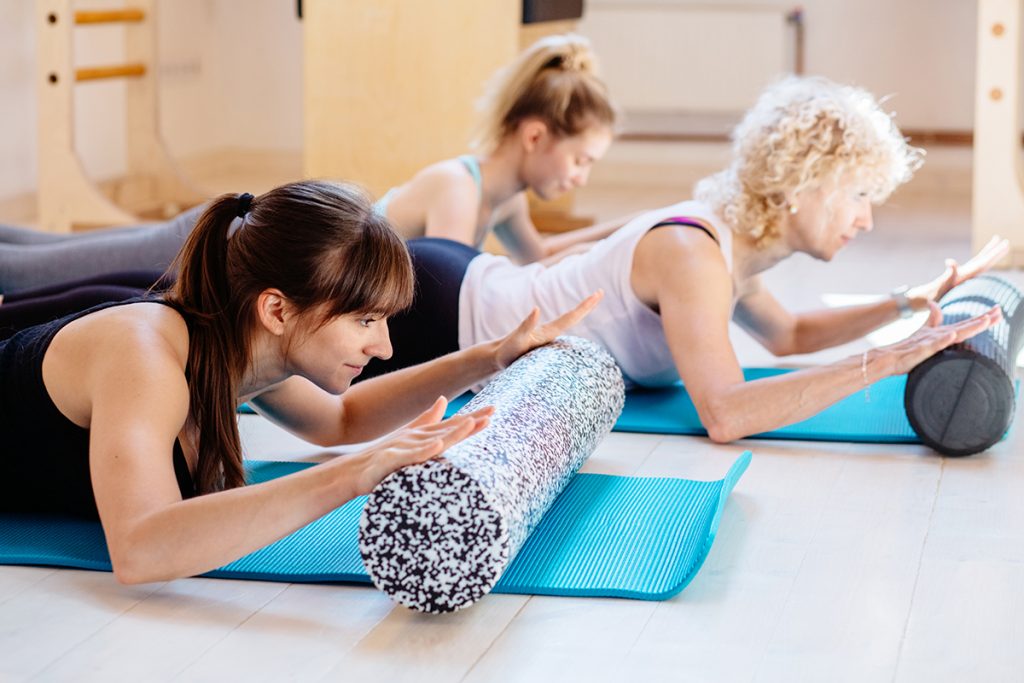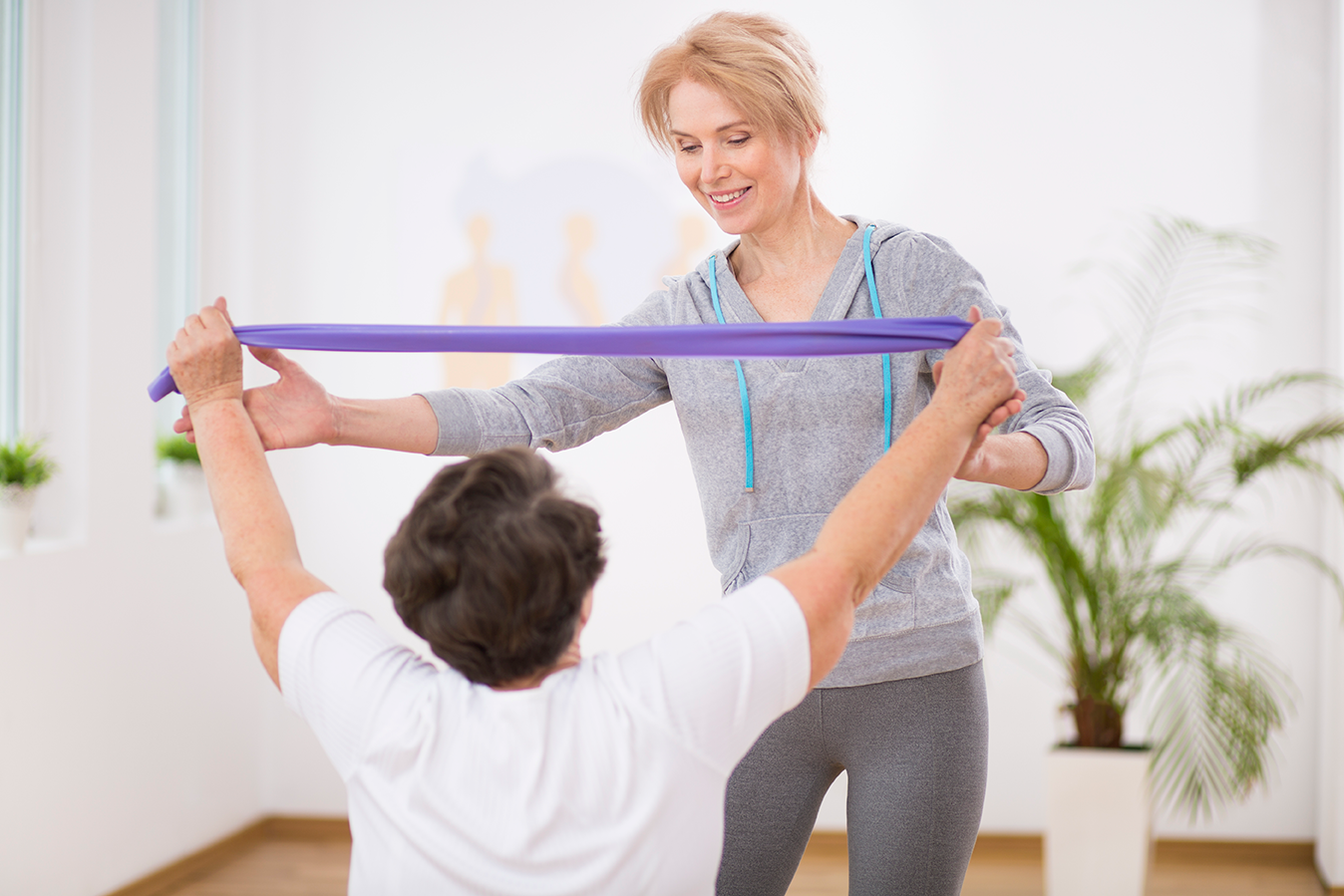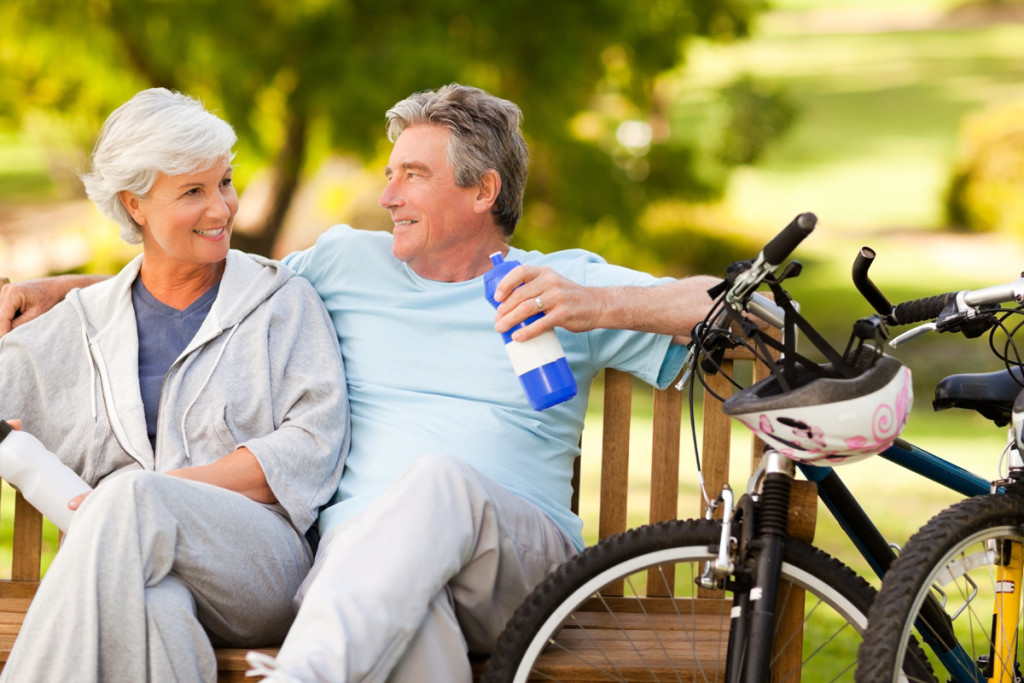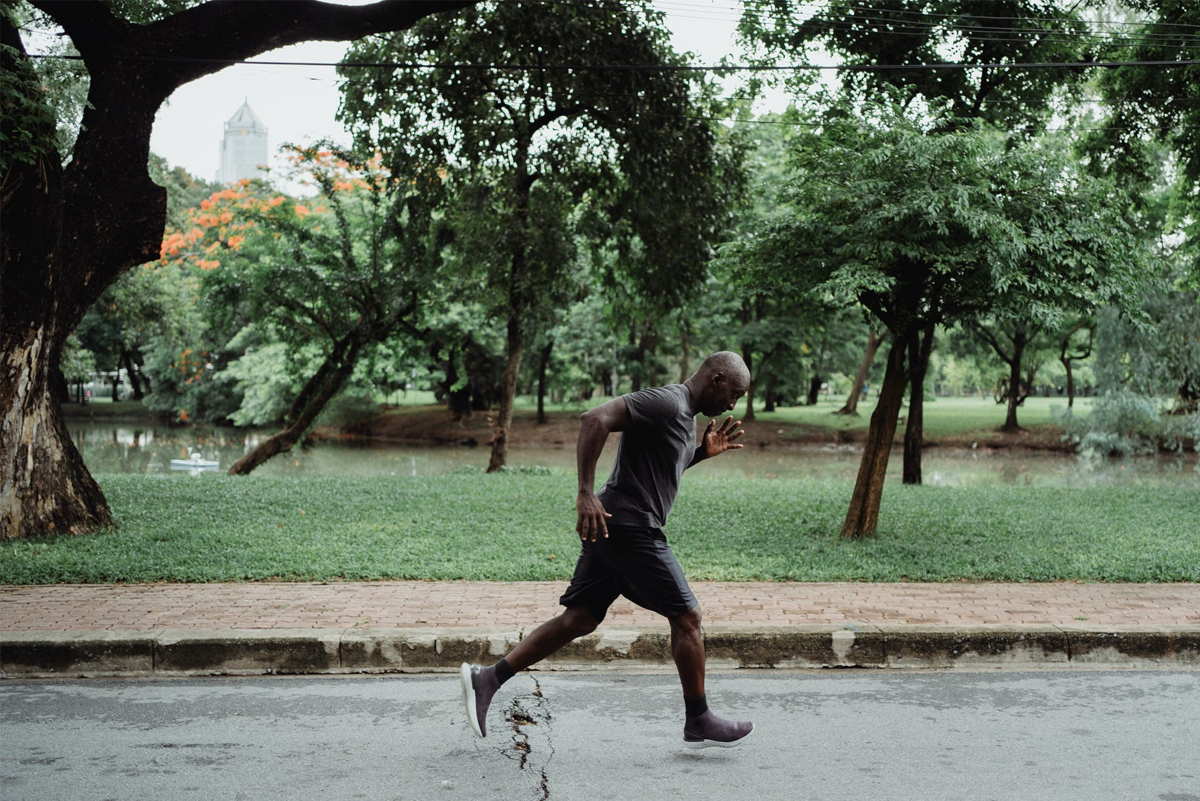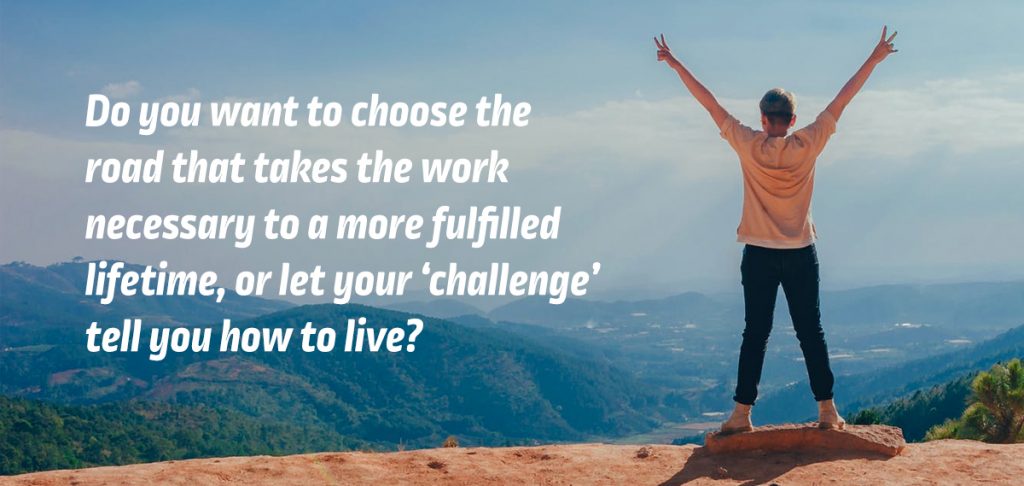How the Human Body Changes As It Ages
The human body undergoes a lot of changes during its lifetime. From infancy to old age, there are biochemical processes in the body that define these changes.
Some of them are visible externally, such as the greying of hair, skin becoming less supple, etc.
But beneath all of this, some processes happen to make all of this possible.

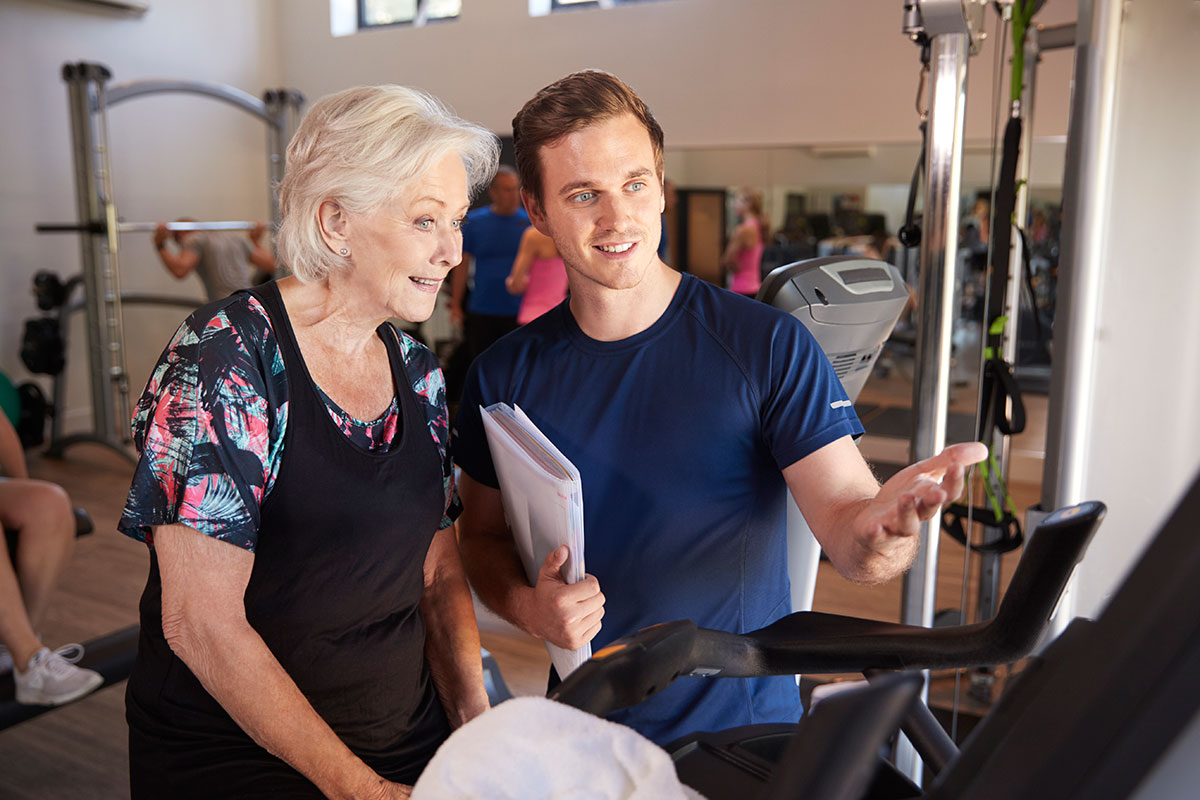
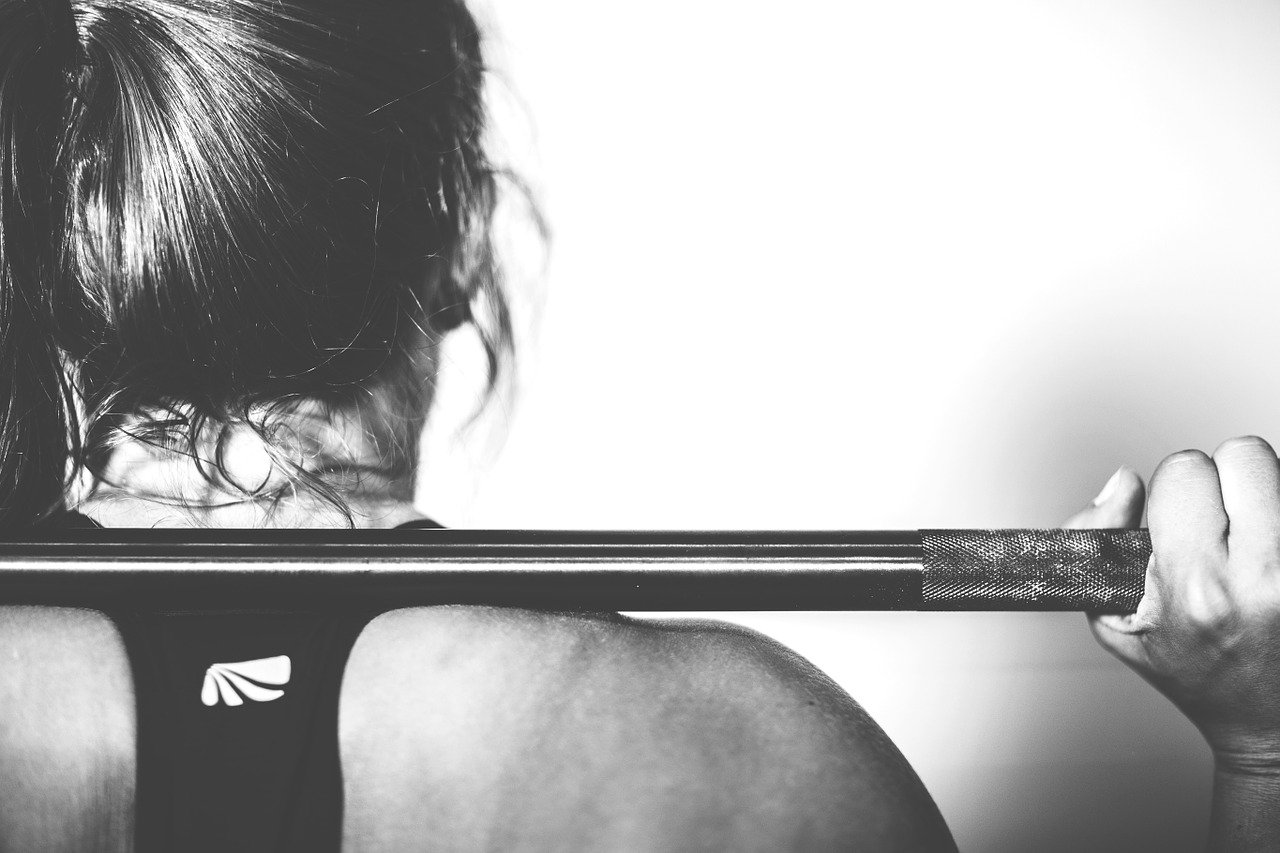
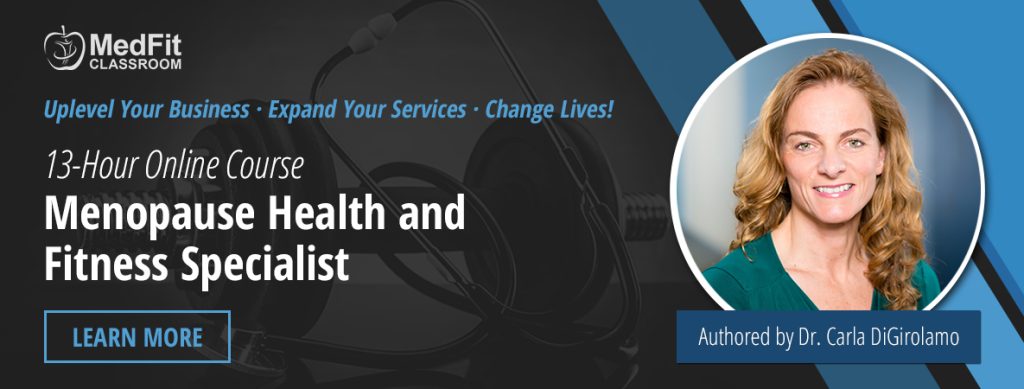
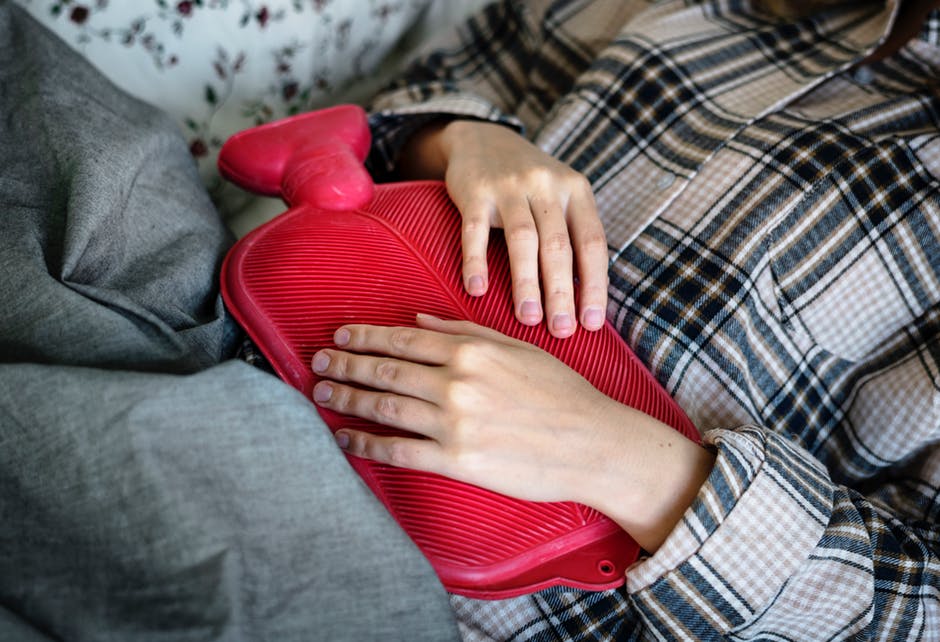
 After completing your assessment, you will develop a wellness program for your client. The program will include: exercise, meditation (specific to this condition), and aromatherapy, as well as other components. Try to have your client establish a regular daily wellness routine. Journaling is also important as it helps to connect your thoughts, feelings and behaviors. Support groups can also help as women share their experiences with others.
After completing your assessment, you will develop a wellness program for your client. The program will include: exercise, meditation (specific to this condition), and aromatherapy, as well as other components. Try to have your client establish a regular daily wellness routine. Journaling is also important as it helps to connect your thoughts, feelings and behaviors. Support groups can also help as women share their experiences with others.